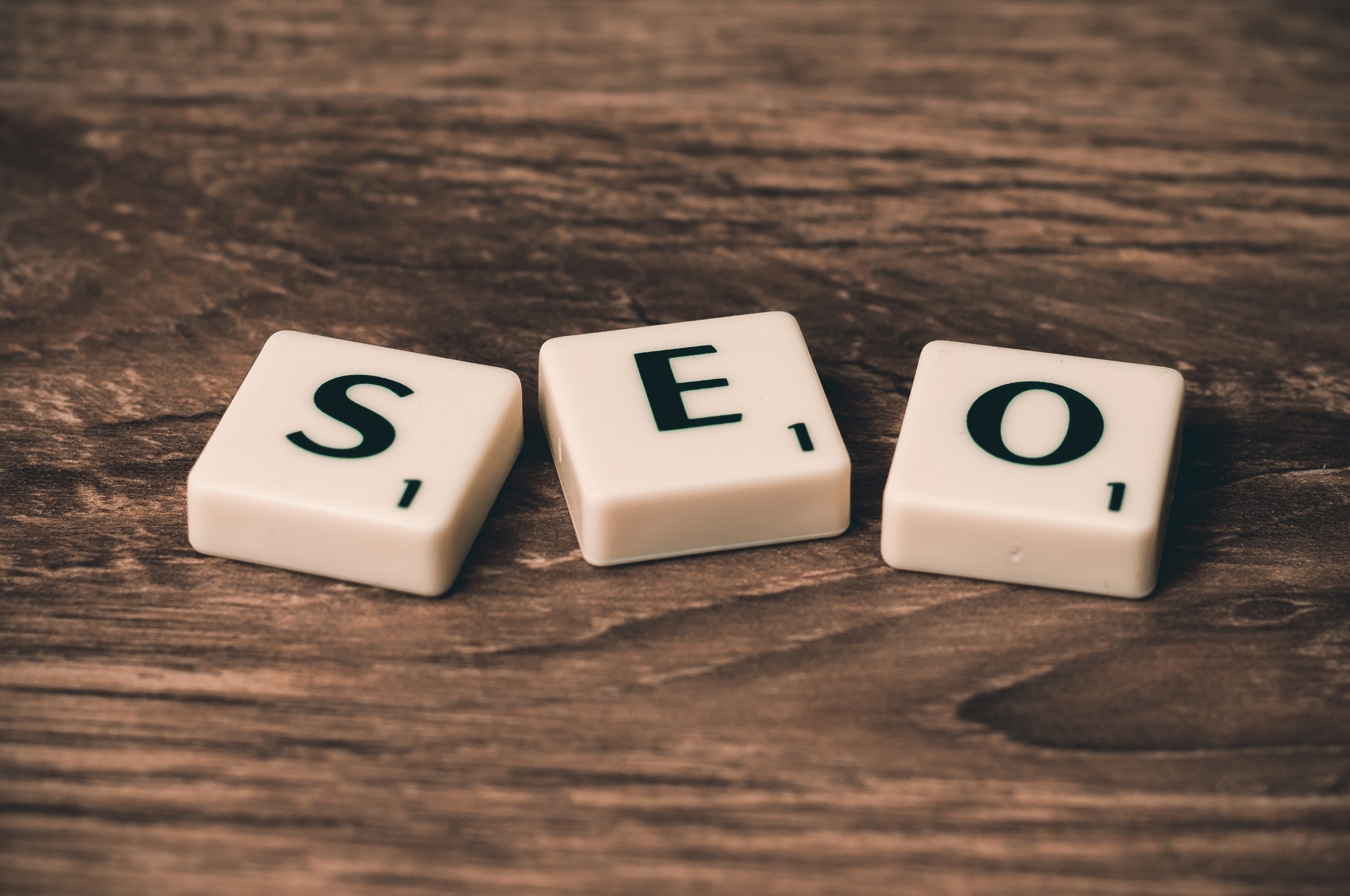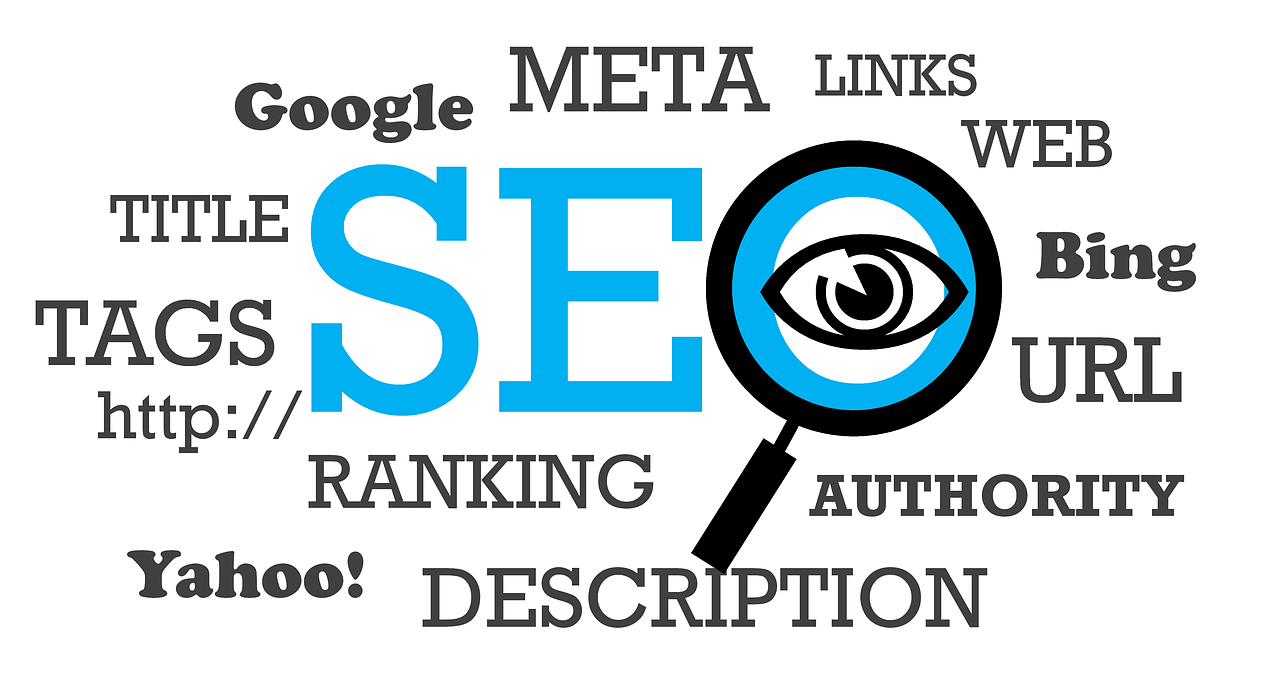
Get Domain And Hosting
It is important to keep SEO in mind and use the best practices when you buy a web domain. First of all, make sure to get a domain name that is memorable and easy to read. Don’t choose an overly complicated name consisting of numbers and hyphens. Simplicity is key when it comes to domain names. Sometimes using keywords in your domain name helps as well. For example, if you own a bakery, including the word “bakery” in your domain name could be a good idea in terms of SEO.
Another important point is to try to avoid the less common TLDs. The best choice is to get a “.com” TLD, but if that isn’t possible, then go for one of the other common ones like “.net”.
Use Responsive Design for a Mobile-Friendly site
When trying to build an SEO-friendly website, it's important to make your website easy to use for both desktop and mobile visitors. So much of today’s web traffic is via mobile, so making sure your website is mobile-friendly is more critical than ever before. A good way to do that is by using responsive web design.

Responsive design allows your website to adapt to any device a user is using. Whether the user is accessing the website via phone, computer, tablet, or desktop, the website will adapt itself to the device. The reasons you should consider using responsive design include:
- Each device usually has a different sized screen which means that your website needs to adapt to fit all the available screens, and when you don't adjust it to a mobile device, the user won't get a good view of your page.
- It is essential to adjust it to a mobile version so that it won't look too small and less attractive when your customer accesses the page on their smartphone. Because if it's too small, the reader will struggle reading, and it will make them less interested in your page.
It also helps improve your bounce rate, because all of those mobile users will stay on your site longer if they find it easy and pleasant to use. Don’t you hate it when you go to a website on your phone and you have to keep moving the screen and zooming in and out just to be able to read the content and navigate the site properly? It’s very annoying and makes most people want to leave. If your site is responsive, the mobile users will stay on your site and the bounce rate will improve. In turn, Google will rank your site higher because it will see that you are answering the intent of the visitors.
Create Website Content to Target Valuable Keywords
Content creation is a vital part of your website because you generate a lot of traffic to your site when you create content. It also provides a sense of authority and enables you to get great keywords to drive interested leads to your page.
When you decide to create content, the first thing you should consider is finding an appropriate topic. Once you've chosen your topic, you can get the proper keywords to use. To find these keywords, you must conduct keyword research.
Keyword research helps you to find vital phrases for your SEO listing and see the importance of these terms. When doing this, you will need to focus on long-tail keywords, which are keywords that contain two or more words.
Once all your phrases are in check, the next thing you should consider looking at is fonts. You could create blogs, videos, infographics, and ebooks to provide critical information for your audience. 
Once you've found the appropriate format to use, you can start creating your content. Your content needs to be fascinating and easy to comprehend, and also academic. You should also ensure the content is direct so that your audience doesn't have a hard time understanding your content.
Use Header Tags to Help Search Engines Understand Your Page
HTML header tags are used to define your page's heading and help improve Google’s readability of your page by organizing it. Header tags go from H1 to H6, in order of importance, H1 is the title of the whole page. Your page title should include keywords in them to help with your rankings.
For more minor headings, you could integrate other keywords to help you rank your page. The importance of these headers is that they make it easier for your audience to digest your information and make it easier for Google to read your page. So if you want to build an SEO-friendly website, you should create a heading structure for your pages and make your guides easy to find.



